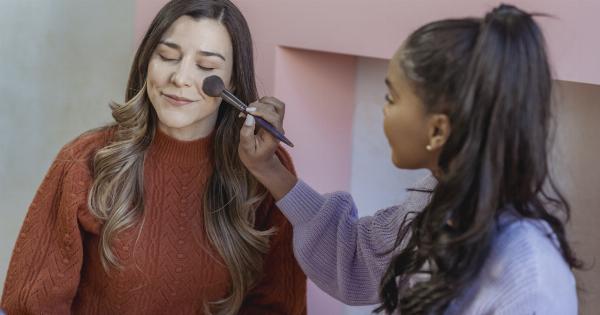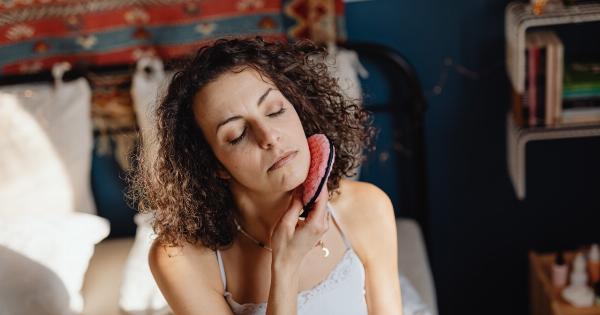Summer is the time to get outside, relax and soak up the sun, but too much sun exposure can cause sunburn, which is not only painful but also increases the risk of skin cancer.
While it’s essential to use sunscreen and avoid the sun’s peak hours, there are certain risk factors that make some people more susceptible to sun damage than others. In this article, we’ll explore the various risk factors of sunburn to help you understand why some people get sunburned more quickly and severely than others.
Skin Type
Skin type is one of the most significant factors that determine an individual’s risk of sunburn. People with fair skin, light-colored eyes, and red or blonde hair have less melanin, which is the pigment that gives skin its color.
This means that they are more susceptible to sunburn compared to people with darker skin tones who have higher melanin content in their skin.
Geographic Location
Geographic location also plays a crucial role in sunburn risk because it affects the sun’s intensity.
For example, people living closer to the equator experience stronger sun rays and have a higher risk of sunburn than those living at higher latitudes. The altitude also affects the sun’s intensity, with higher altitudes having thinner air which fails to block ultraviolet radiation from the sun adequately.
Time of Day
The sun’s intensity varies throughout the day, with peak hours between 10 am and 4 pm. The sun’s rays are more intense during this period, which means that exposure during these hours can quickly lead to sunburn.
It’s best to avoid the sun during these hours if possible, stay in the shade or wear protective clothing and seek shelter indoors.
Medication
Several medications can make people more susceptible to sunburn. Examples include antibiotics, birth control pills, and certain types of medication used to treat anxiety and depression.
These medications can cause skin sensitivity and make it more susceptible to sun damage and sunburn.
Age
The skin’s ability to defend against sun damage decreases as we age, making older adults more susceptible to sunburn than younger people.
This is because the skin’s ability to produce melanin decreases with age, reducing the skin’s ability to defend against sun damage. Therefore, older adults should take extra caution when spending time outdoors and avoid the sun’s peak hours.
Previous Sun Damage
A history of sunburn can increase the risk of future sunburns and long term risks, including developing skin cancer.
Scar tissue resulting from previous sun damage is more vulnerable to sunburn, so it’s essential to take extra precaution when spending time outdoors. Spending long hours in the sun without sufficient sun protection can increase the risk of long-term skin damage and even skin cancer.
Clothing
Wearing the right clothing can protect your skin from the sun’s damaging rays. When it comes to guarding against sunburn, long-sleeved shirts, long pants, and wide-brimmed hats are commonly recommended.
Clothes made of tightly woven fabrics provide more protection from the sun than those made from loosely woven fabrics like cotton. Additionally, dark colors provide more protection than light colors.
Reflection
Water, sand and snow reflect the sun’s rays, increasing sun exposure and the risk of sunburn.
When you’re spending time near bodies of water, it’s essential to take extra precautions to protect your skin, even if you’re not directly under the sun. Wearing sunglasses with UVA and UVB protection can also help protect your eyes from the sun’s rays.
Sunscreen
High-quality sunscreen with a minimum SPF of 50 can be an essential part of protecting your skin. Sunscreens should be applied liberally before going outside and reapplied several times throughout the day, especially after swimming or perspiring.
Sunscreen should be applied everywhere you can skin can be exposed to sun damage- including the face, lips, neck, ears, and scalp.
Conclusion
Sunburn is a common skin condition that can occur due to various risk factors. It is crucial to understand these risk factors and the precautions to protect your skin when spending time outdoors.
By taking preventative measures, such as avoiding the sun’s peak hours, wearing protective clothing, and using high-quality sunscreen, you can minimize your risk of sunburn and long-term skin damage.





























